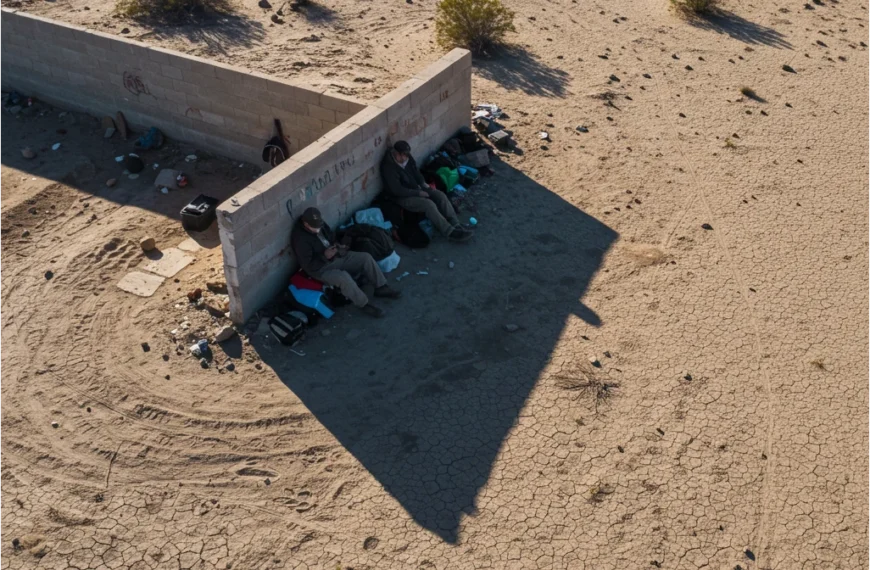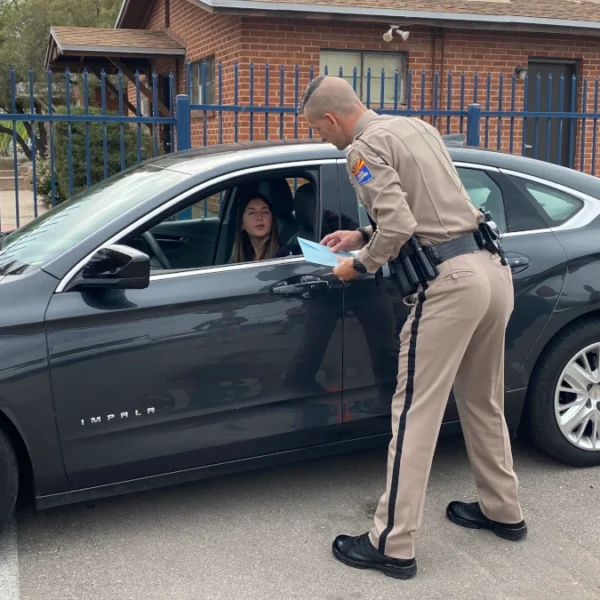The Arizona Supreme Court affirmed Thursday that Pinal County can continue operating traditional precinct-based polling places for the November 5 general election, denying Secretary of State Adrian Fontes’ emergency request to force changes in how the county handles out-of-precinct voters. The Court found that implementing changes this close to Election Day would create an “unacceptable risk of chaos, uncertainty, and confusion.”
The dispute traces back to December 2023, when Secretary Fontes published the final version of the Elections Procedures Manual (EPM) with new provisions affecting how counties handle out-of-precinct voters. According to court documents, this version came just 11 days before the EPM had to be finalized, following earlier drafts that hadn’t included these changes. The new provisions required accessible voting devices to be programmed with all ballot styles and modified how provisional ballots would be handled.
On February 13, 2024, during Logic & Accuracy testing for the March presidential preference election, Pinal County Recorder Dana Lewis informed Fontes that the county would not implement these interpretations of the EPM. Despite this notification, the Secretary certified the county’s election machines. Pinal County proceeded to conduct both the March presidential preference election and the July primary election without programming their devices with all ballot styles or counting out-of-precinct votes.
On May 15, 2024, the Pinal County Board of Supervisors formally approved the use of precinct-specific polling places for both the July 2024 Primary Election and November 2024 General Election. The Secretary conducted another Logic & Accuracy test on June 25, 2024, for the July Primary Election, during which no issues regarding the EPM interpretation were raised.

The situation came to a head when Secretary Fontes filed an “Emergency Verified Complaint for Special Action Relief” on Friday, September 27, 2024, at around 4:00 p.m. This timing became a crucial factor in the courts’ decisions, as Pinal County had already programmed its voting devices for the November election around October 11 or 12, 2024, using only precinct-specific ballots.
Pinal County officials argued that local control of elections is fundamental to democracy, noting that state law explicitly gives county boards of supervisors – not the Secretary of State – the authority to choose between precinct polling places and voting centers. The County maintained that forcing them to accept out-of-precinct votes would effectively create “de facto voting centers” without proper authorization.
The difference between the two systems is significant. In Pinal County’s precinct model, voters must cast ballots at their specifically assigned neighborhood polling place, which officials say increases efficiency and ensures voting locations are closer to residents’ homes. Voting centers, a newer concept adopted by some Arizona counties, allow voters to cast ballots at any location within the county. Pinal County officials emphasized that their precinct system helps distribute voters more evenly, reduces wait times, and increases voter confidence by ensuring each voter receives the correct ballot for their specific district races. Polling places also allow election staff and poll workers to monitor activity and identify unusual behavior more easily.
Early voting has already begun and continues through November 5. For Pinal County residents, the court’s decision means they must vote at their assigned precinct location on Election Day for their ballot to count. Those unsure of their precinct can visit the Pinal County Elections website or call the County Recorder’s office for assistance.








